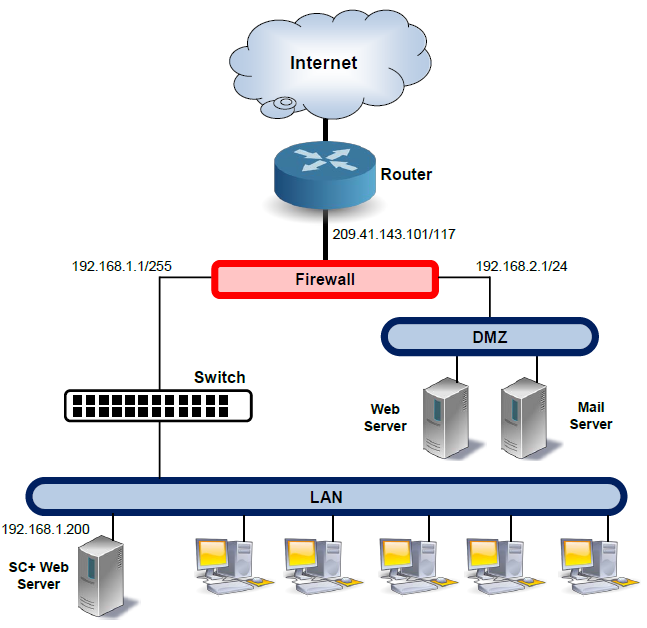

These inconsistencies are gone in the Windows Server Technical Preview. In current versions of Windows, selecting text or doing a simple copy and paste into the Windows command line is not only a pain, but can introduce line breaks, tabs, and inconsistent or unexpected characters. Microsoft is improving the experience there too. Thanks to PowerShell, more and more admins are driving their Windows servers from the command line. Like the old Windows 7 Start menu, the new Start menu in Windows Server Technical Preview offers fast access to all apps and files.

This feature is clearly more beneficial to desktop users (hopefully most of your server management isn’t done from the console), but anything that makes an admin’s workflow smoother and more efficient is welcome. Instead of simply splitting the screen in half like in Windows 7 and Windows 8, you can split the screen into quarters. The ability to snap windows to the edges of the screen is also enhanced in the technical preview. First is support for virtual desktops (not to be confused with remote desktops), which can be used to group like applications into separate desktop instances. The other big changes in the UI are focused on multitasking. While server users won’t benefit much from Windows 8-style live tiles, the new Start menu (accessed by clicking the Windows button) is unobtrusive and familiar.
ABYSS WEB SERVER REMOTE ACCESS WINDOWS 10
Fortunately the new Start menu isn’t limited to the Windows 10 client, but is also present in the Windows Server Technical Preview.
ABYSS WEB SERVER REMOTE ACCESS WINDOWS 8
Start menu and the UIĭebate over the switch from the Windows 7 Start menu to the Start screen in Windows 8 has been nonstop since day one, but if the Start screen proved to be a bad fit for laptops and workstations, it makes even less sense for servers. We're sure to see much more in the coming months.

Here is a quick tour of the highlights - for now. Far from being feature complete or even stable, the Windows Server Technical Preview nevertheless presents a way to become familiar with new features coming down the pike, and to put the UI changes through their paces.Īs you'd expect, Windows Server Technical Preview largely builds on virtualization, storage, networking, and management capabilities introduced with Windows Server 2012. With final releases not expected until the summer of 2015, these extremely early technical previews are a marked departure from the norm for Microsoft. 1 release of the Windows 10 Technical Preview, the company offered early previews of the next iteration of Windows Server and System Center.


 0 kommentar(er)
0 kommentar(er)
